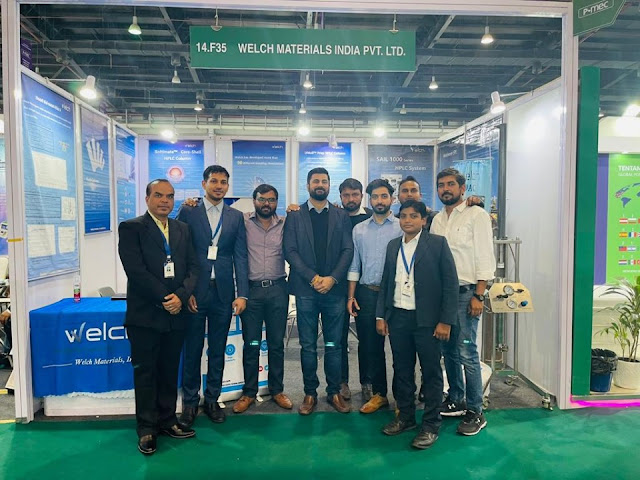Welchrom®QuEChERS
QuEChERS(pronounced“catchers") stands for Quick, Easy, Cheap, Effective, Rugged and Safe - the qualities that describe this sample preparation method for food substances.The technique is quite simple, involving a minimum of steps, and is effective for the cleanup of complex samples.
+
Welchrom®QuEChERS
Workflow
Step 1: Extraction
Transfer homogenized sample (10g or 15g) to a 50ml tube; then aad extraction sovent and salt, shake for centrifuge > 1500 rcf for 1 minute.
Welchrom® QuEChERS Extraction Kits:
·50 ml tubes
·Pre-packaged MgSO4, NaCl or other salts
Step 2: Clean up
Choose a right clean-up tube; transfer the extracted sample in Step 1 to clean up tube; shake for 30 seconds, then centrifuge > 1500 rcf for 1 minute.
Method Introduction
The QuEChERS method is a residue detection method for multiple target objects in the analysis of pesticide residues in the matrix with high water content (80-95%). It is the fast version of SPE with the similar purification effect, but its treatment steps are more concise. QuEChERS method has the characteristics of time saving, high efficiency and economical. There may be a large number of chlorophyll, lipid, steroid or other compounds in sample matrix of food, animal products and so on. These extracts can seriously interfere with the analysis of target substance, while QuEChERS method can effectively reduce these problems. With a few simple steps. it can complete the preparation of pesticide residues and other samples. Nowadays, this method has been widely accepted worldwide, if it is applied to your project, you will find that it can significantly reduce the time required for method development and pretreatment.
If you have any problem or require further information, please contact info@welchmat.com .







Comments
Post a Comment